A gripe – flu – has been doing the rounds of Huaraz. While I can proudly claim an iron stomach, I seem particularly prone to high altitude coughs and splutters, both of which are common in these dry and dusty climes.
In case the same fate should befall you, or you feel a tickle coming on, here is a list of natural remedies (with a Chinese Medicine bent – thanks Doc Nancy!) that are worth pursuing before resorting to antiobiotics – which, incidentally, are easily available here, over the counter.
Please feel free to add in any more suggestions, both alternative and conventional.
Guzzling liquids
First off… If you feel something is coming on… gargle with hydrogen peroxide. And wear a scarf to keep your neck and chest warm. I always carry a neck gaiter.
Drink copious amounts of liquids. Hot water, lemon and honey are ideal, along with non-caffeinated teas. I like to try out local medicinal herbs, so I’ll always ask around to see what infusions can be made up. And, get some electrolytes down you – Gatorade if need be.
Stay off spicy and fried foods if you have yellow mucus, and lay off processed sugar as it impairs your immune system. Definitely steer clear of dairy products, as these are mucus forming. Say no to milk and cheese! Eat easily digested food, which helps the body concentrate its efforts towards healing. Chicken soup is perfect: it hydrates and it’s full of goodness. To promote healthy lungs, Chinese medicine reckons radishes are the way to go.
Overall, try and cut out processed food from your diet, like bread – as it just turns to sugar when broken down and processed in the body.
Bad breath is ok
Eat lots of raw garlic! Apparently, to fully unleash its microbacterial powers, crush and leave to aerate for ten minutes. I’ve also heard that regular spoonfuls of raw garlic, mixed with cayenne pepper and honey can work miracles too…
Other recommendations I’ve collected include increasing your zinc intake, which can apparently help boost your immune system. In Peru, it’s found in quinoa, and its relative, quiwicha. Which are very cool whole grains in themselves.
From personal experience, I’d recommend carrying some Yin Chiao if you can. This age-old chinese flu remedy really seems to work. It’s easily avaiable from Whole Foods stores in the US, but unfortunately seems to be harder to track down in the UK. The preferred brand is Plum Flower.
Lastly, get lots of sleep so your body can do what it does best: repair itself.
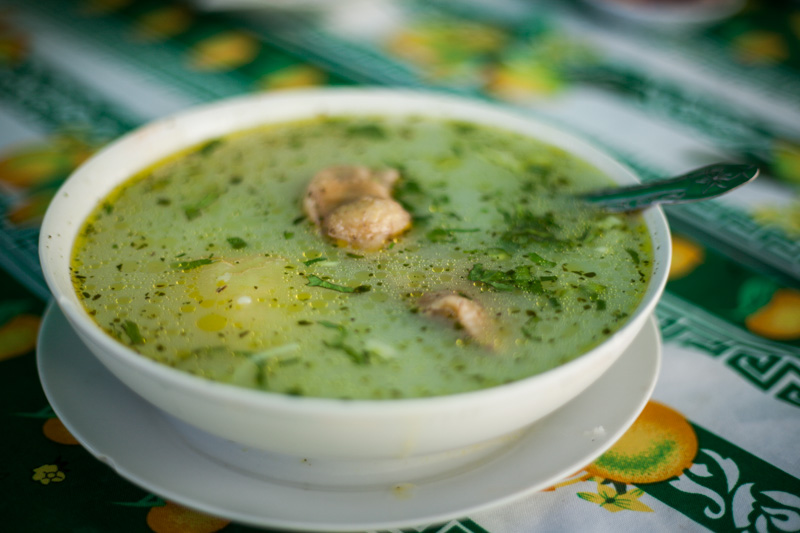
Jewish Penicillin. Nothing seems to be beat a good chicken and vegetable soup. When cooking, add some vinegar to draw all the goodness from the bones.
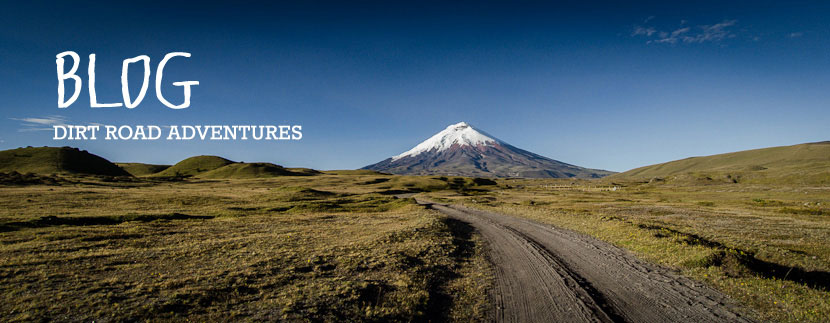
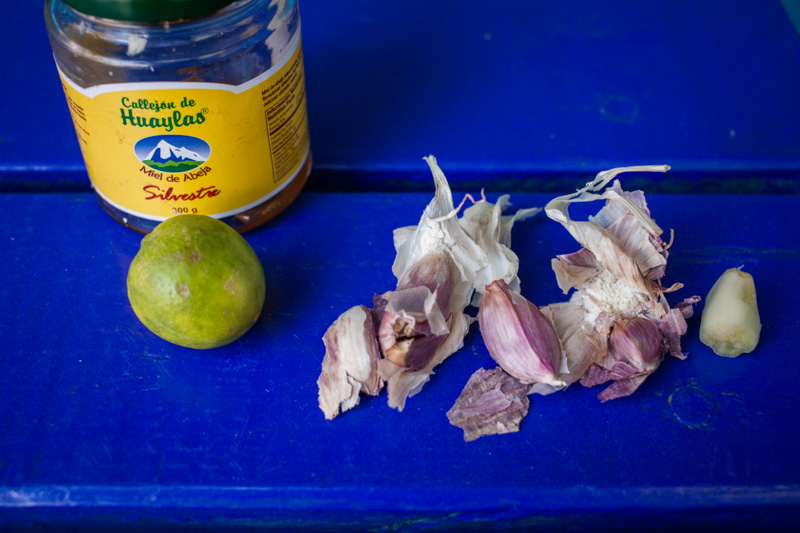
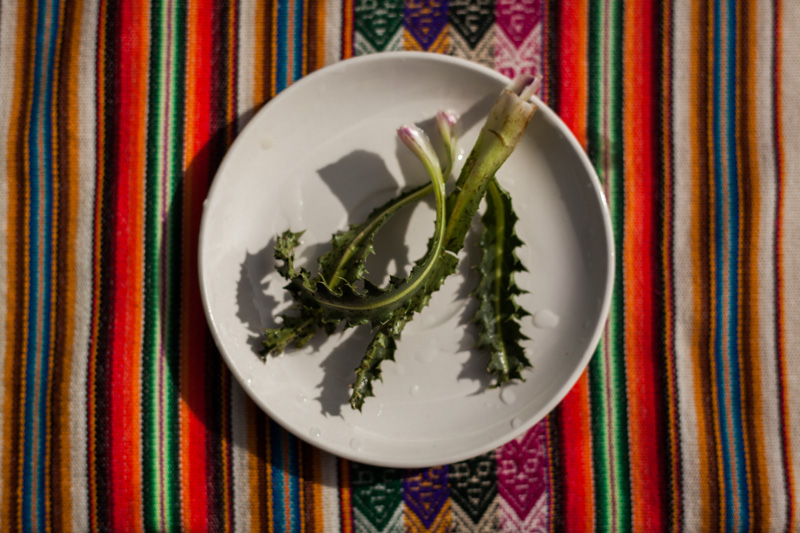
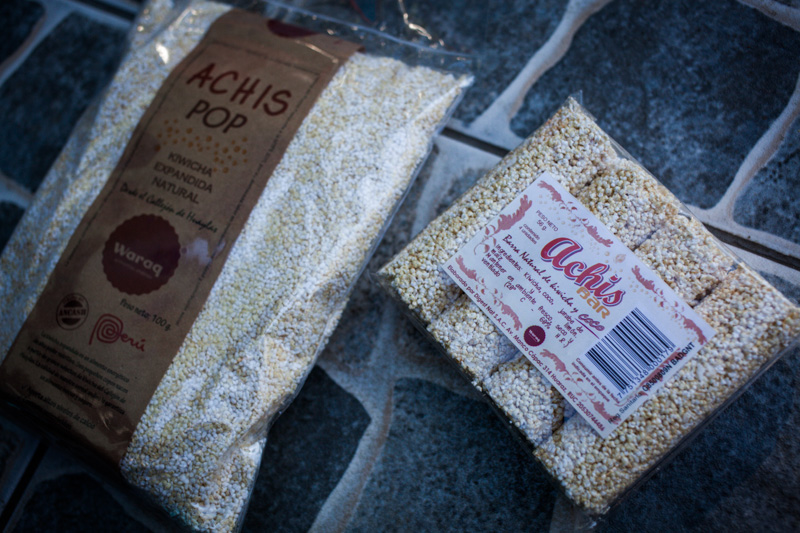
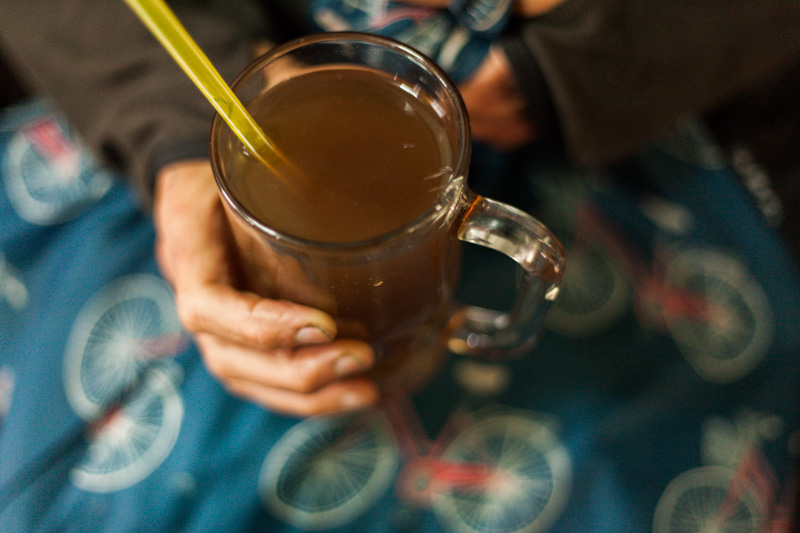

Good topic. I’ve struggled with sinus infections while touring a lot too over the years. Easy options while on the road besides what you’ve mentioned already, gurgle with a salt solution, lemon thee with half a parasitamol before bed. Sleep with a balaclava to keep the sinuses warm and make sure to keep the face well protected when cycling.., at home nothing beats Liposomale Vit-C and a netty pot.., hope you stay well.
Thanks for the tips, Stijn. Great stuff. I must admit I’m a little afraid of the netty pot. I need to get over it…
I know it’s not everybodies cup-of-tea, but I find them an intresting experience and they work well for things like hayfever and infections. I have a modern German contraption called a Nasendusche, but Daniel Vitalis gives a very good intro on how to use one Indian style. http://youtu.be/13Xb5i3vpAY
Make sure the honey is unpasturized!
Interesting, thanks!